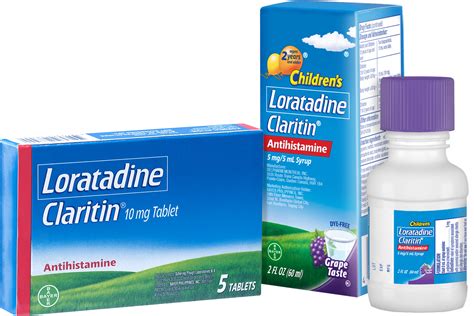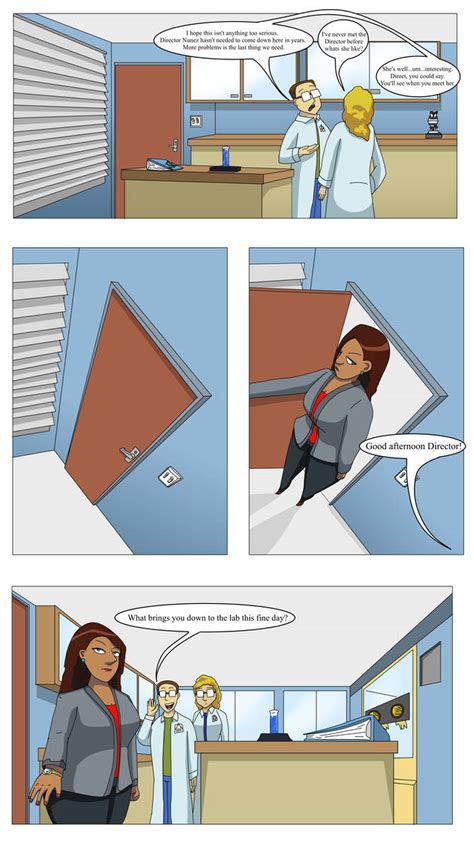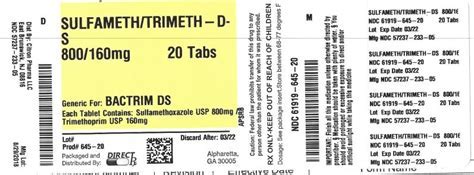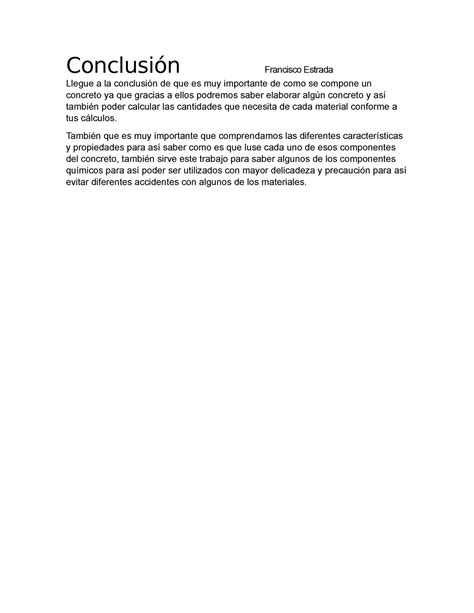Intro
Discover the benefits and uses of Loratadine 10mg, an antihistamine for allergies, with 5 key facts on dosage, side effects, and interactions, including non-drowsy relief for hay fever and allergic rhinitis symptoms.
Loratadine, commonly known by its brand name Claritin, is a medication used to treat allergies. It belongs to a class of drugs known as antihistamines, which work by blocking the action of histamine, a substance in the body that causes allergic symptoms. Here are five key facts about Loratadine 10mg, a commonly prescribed dosage for this medication.
Loratadine 10mg is often prescribed for its non-drowsy formula, making it a preferred choice for individuals who need to maintain their daily activities without the sedative effects commonly associated with first-generation antihistamines. This aspect of Loratadine makes it particularly useful for people with busy schedules or those who operate machinery as part of their job.
The medication is effective in treating a variety of allergic conditions, including hay fever (allergic rhinitis), hives, and itching associated with allergies. Its efficacy in alleviating symptoms such as sneezing, runny or itchy nose, and itchy or watery eyes makes it a staple in many households during peak allergy seasons.
One of the benefits of Loratadine 10mg is its once-daily dosing, which can improve compliance for individuals who struggle with remembering to take their medication multiple times a day. This convenience, combined with its effectiveness, has contributed to its popularity among both healthcare providers and patients.
Loratadine 10mg is generally well-tolerated, with common side effects being mild and transient. These can include headache, fatigue, and dry mouth. However, it's essential for patients to follow the recommended dosage and consult their healthcare provider if they experience any side effects or have concerns about potential interactions with other medications they are taking.
The non-sedating properties of Loratadine 10mg, along with its efficacy and convenience, make it a valuable option for managing allergies. However, as with any medication, it's crucial to use it as directed and under the guidance of a healthcare professional to ensure safety and effectiveness.
Understanding Loratadine

Loratadine is a second-generation antihistamine, which means it is less likely to cross the blood-brain barrier and cause drowsiness compared to first-generation antihistamines like diphenhydramine. This characteristic makes Loratadine 10mg particularly appealing to individuals who need relief from allergy symptoms without the sedative effects.
How Loratadine Works
Loratadine works by selectively blocking peripheral histamine H1-receptors, which are found in smooth muscles, endothelium, and mucous glands. By blocking these receptors, Loratadine prevents histamine from causing the blood vessels to dilate, smooth muscles to contract, and mucous glands to secrete more mucus, all of which contribute to the symptoms of allergies.Benefits of Loratadine 10mg

The benefits of Loratadine 10mg are multifaceted. Not only does it provide effective relief from allergy symptoms, but it also does so without the sedative effects that can impede daily activities. This makes it an ideal choice for individuals with active lifestyles or those who require sustained focus and productivity throughout the day.
Non-Drowsy Formula
One of the standout benefits of Loratadine 10mg is its non-drowsy formula. Unlike many antihistamines that can cause significant drowsiness, Loratadine allows individuals to manage their allergy symptoms without feeling sedated. This is particularly beneficial for students, professionals, and anyone who needs to stay alert and focused.Common Uses of Loratadine 10mg

Loratadine 10mg is commonly used to treat various allergic conditions, including:
- Allergic rhinitis (hay fever)
- Urticaria (hives)
- Pruritus (itching) associated with allergies
Treating Allergic Rhinitis
Allergic rhinitis, often referred to as hay fever, is characterized by symptoms such as sneezing, runny or itchy nose, and itchy or watery eyes. Loratadine 10mg is effective in alleviating these symptoms, making it a preferred treatment option for many individuals suffering from this condition.Side Effects and Interactions

While Loratadine 10mg is generally well-tolerated, it can cause side effects in some individuals. Common side effects include:
- Headache
- Fatigue
- Dry mouth
Precautions and Warnings
It's essential for patients to be aware of potential interactions with other medications and to follow the recommended dosage to minimize the risk of side effects. Loratadine 10mg should be used with caution in certain populations, such as pregnant or breastfeeding women, and individuals with liver or kidney impairment.Dosage and Administration

The recommended dosage of Loratadine for adults and children over 6 years is 10mg once daily. It's crucial to follow the dosage instructions provided by the healthcare provider or the medication label. Loratadine 10mg can be taken with or without food.
Missed Doses
If a dose is missed, it should be taken as soon as remembered. However, if it's almost time for the next dose, the missed dose should be skipped, and the regular dosing schedule should be resumed.Conclusion and Next Steps

In conclusion, Loratadine 10mg is a highly effective and convenient option for managing allergy symptoms. Its non-drowsy formula, once-daily dosing, and efficacy in treating a range of allergic conditions make it a popular choice among patients and healthcare providers alike. As with any medication, it's essential to use Loratadine 10mg as directed and to consult with a healthcare professional if any questions or concerns arise.
We invite you to share your experiences with Loratadine 10mg or ask any questions you may have about this medication. Your feedback and inquiries are valuable to us, and we look forward to engaging with you on this topic.
What is Loratadine 10mg used for?
+Loratadine 10mg is used to treat allergic conditions such as hay fever, hives, and itching associated with allergies.
Can I take Loratadine 10mg if I'm pregnant or breastfeeding?
+It's recommended to consult with a healthcare provider before taking Loratadine 10mg if you're pregnant or breastfeeding, as they can provide guidance based on your individual situation.
How long does it take for Loratadine 10mg to start working?
+Loratadine 10mg typically starts working within one to three hours after taking the medication, but this can vary depending on individual factors.
